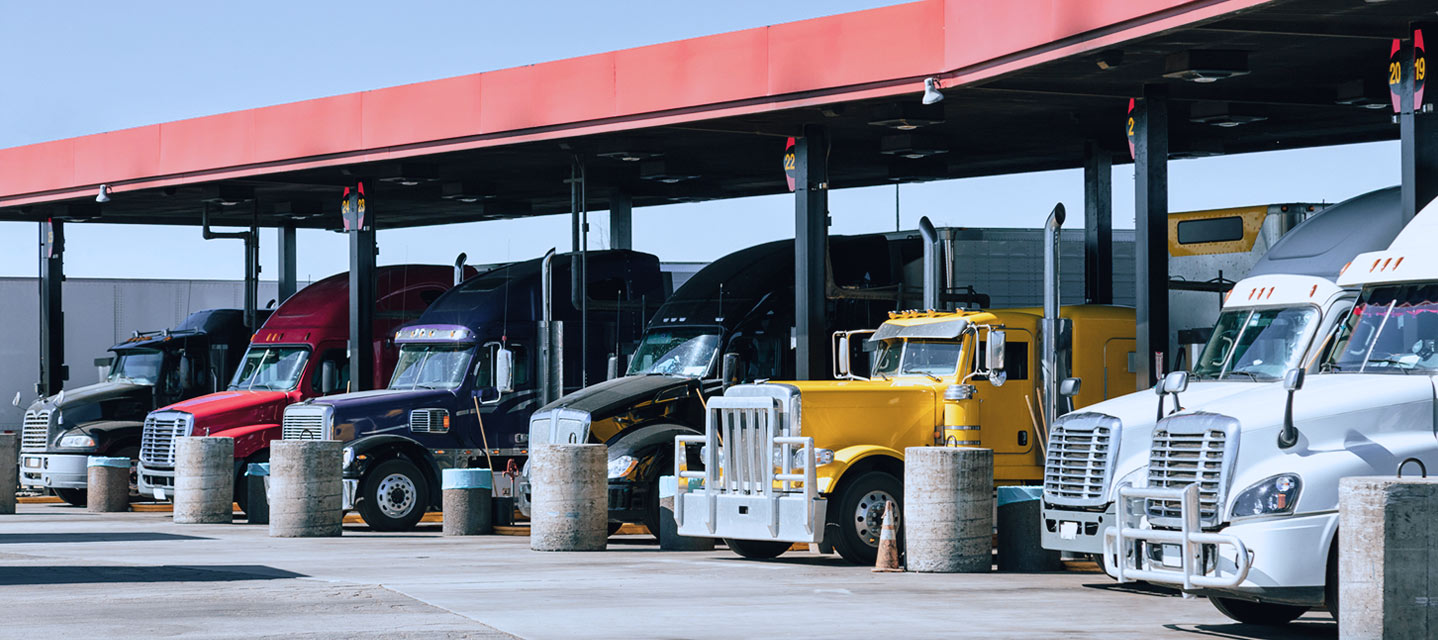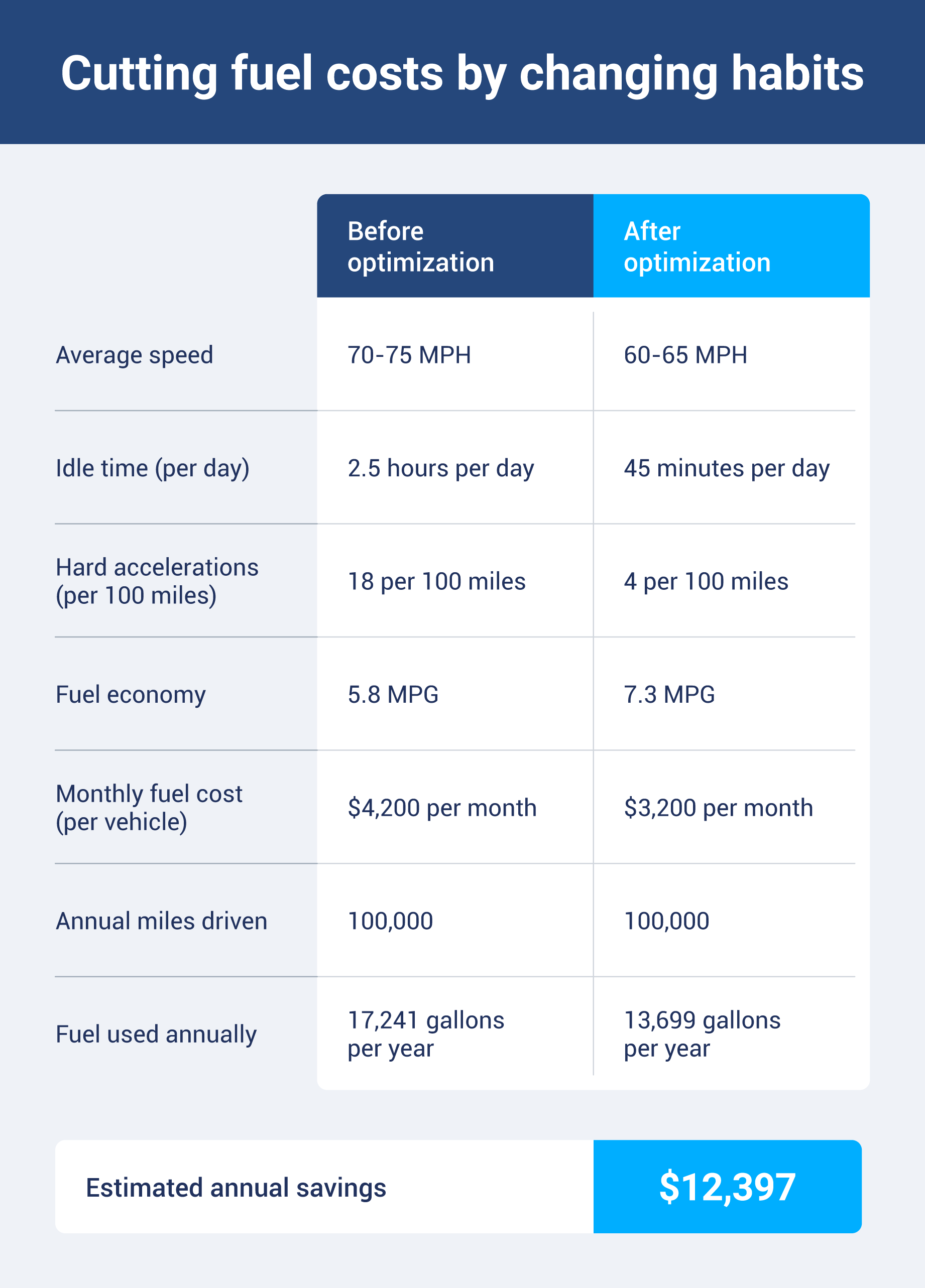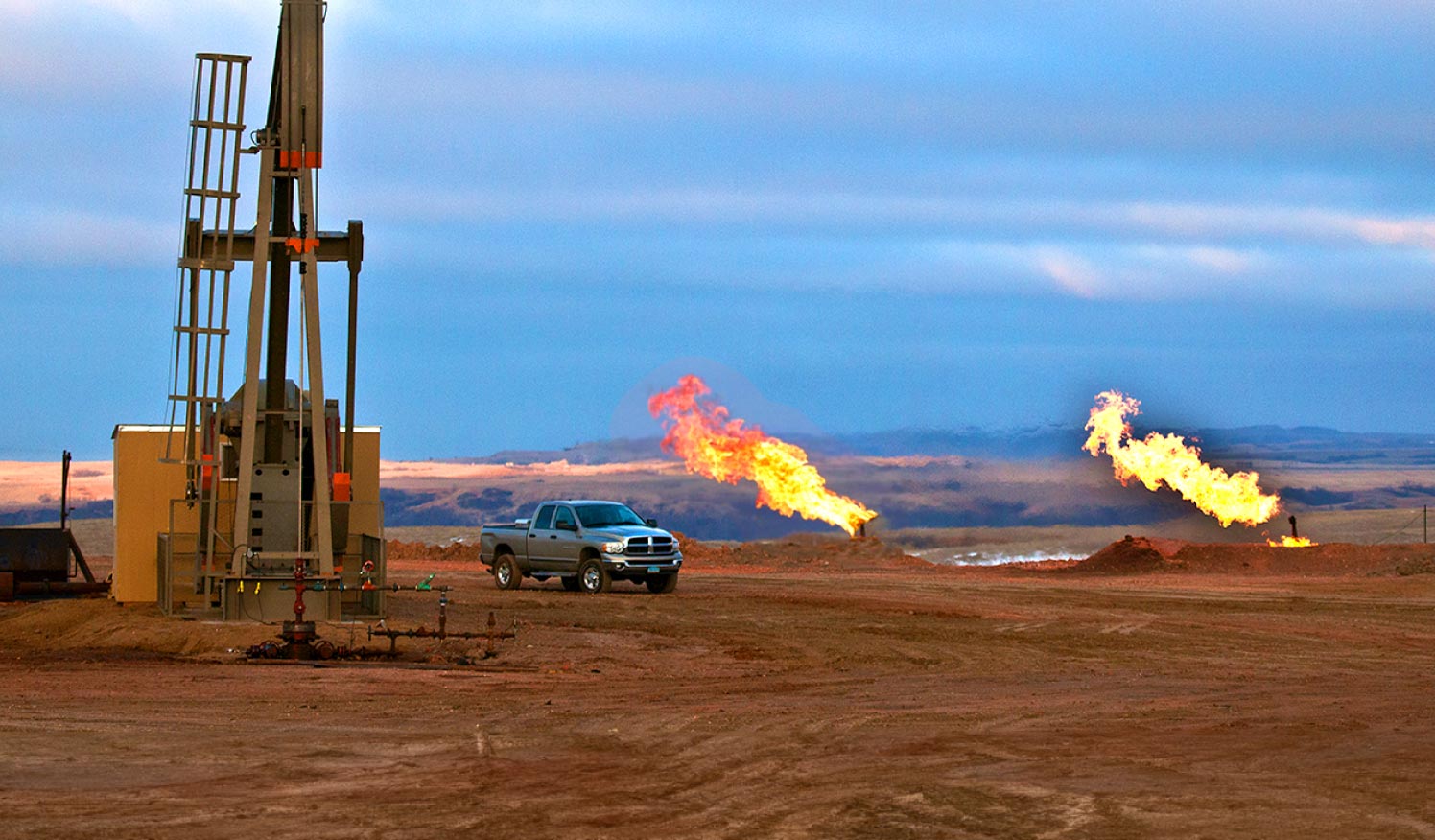9 strategies to increase fleet fuel efficiency and lower fuel costs
Increasing fuel efficiency means immediate cost savings and long-term operational benefits. Even a 10% improvement can save mid-sized fleets tens of thousands of dollars and reduce their carbon footprint.
By Geotab Team
Jul 8, 2025
Updated: Jul 9, 2025

Key Insights
- On average, fuel costs make up 60% of a total fleet budget, so investments in more fuel-efficient vehicles can save thousands of dollars every year.
- Fleet telematics systems provide real-time visibility into fuel consumption patterns and inform route optimization that can cut unnecessary miles and reduce idle time, helping fleets save upward of $10,000 every year on fuel costs.
- Driver behaviors like speeding, idling and harsh braking can impact fuel consumption by up to 30%.
- Regular preventative vehicle maintenance, like proper tire inflation and engine health monitoring, can make a big difference in fuel efficiency, as even under-inflated tires can reduce fuel economy by up to 3%.
With carrier operational expenses rising to $2.25 per mile in 2022 and only continuing to grow, and driver behavior impacting fuel consumption up to 30%, there’s no question that improved fleet fuel consumption pays off in significant cost savings. Even a 10% change could save a mid-sized fleet tens of thousands of dollars every year.
As gas prices continue to rise and organizations face increasing environmental pressures, fleet managers often find themselves at the crossroads of profitability and sustainability. Every gallon saved means cost relief. That’s why it’s so important to maximize your fleet’s fuel economy.
But reducing fleet fuel costs isn’t just about cutting back on spend — it’s future-proofing your operation. Strategies that reduce fuel consumption also lower your fleet’s carbon footprint, making efficiency tactics a win-win. Read on to learn proven, practical strategies you can implement immediately to reduce gas costs, minimize tailpipe CO2 emissions and transform fuel efficiency.
1. Investigate fuel usage trends
The secret to learning how to manage fleet fuel costs and create an environmentally friendly organization? Telematics.
Telematics can monitor and help you optimize driver behavior thanks to careful data tracking. Modern telematics systems provide heightened visibility into fuel consumption patterns by tracking aggressive driving, speeding, idling times and more. Fleet managers can use this data to identify driver patterns and coaching opportunities.
The most impactful fuel efficiency techniques managers should implement come from these four key driver behaviors:
- Speed management: For every 5 MPH over 60 MPH, a truck loses an average of 0.7 MPG, but maintaining optimal speeds of 55-65 MPH can save fleets driving 100,000+ miles annually upward of $10,000 in fuel costs.
- Acceleration patterns: Faster acceleration burns more fuel. The harder a driver pushes on the gas pedal, the more RPMs the engine will turn, burning more fuel inefficiently.
- Momentum: Once up to speed, conserving momentum is critical to fuel efficiency. Drivers can do this by increasing following distance so they don’t have to brake suddenly, driving in a higher gear that uses fewer RPMs and reducing heavy acceleration on hills or in mountain terrain.
- Idle time: Leaving a truck running is a major waste of fuel. Using technology like an auxiliary power unit and turning off engines while parked can minimize idle time, conserve fuel and improve overall miles per gallon.

2. Optimize your routes
Beyond driver behavior, another game-changer is using telematics for route optimization. Telematics can track fuel usage, efficiency and time on the road, and fleet managers can ensure drivers are taking the most efficient route. When used to its fullest extent, this data can cut unnecessary miles (saving fuel) and optimize dispatch decisions.
3. Practice preventative maintenance
Fleet telematics and fuel efficiency systems are critical for preventative and predictive maintenance monitoring. Engine malfunctions, faulty oxygen sensors and improperly inflated tires can significantly reduce fuel economy. The U.S. Department of Energy reports that under-inflated tires alone can reduce fuel efficiency by up to 3%.
Advanced telematics platforms like Geotab provide real-time vehicle health monitoring, tracking everything from tire pressure alerts to maintenance needs, alerting managers of potential problems before a minor issue has time to become a costly repair.
4. Tailor vehicle selection to the workload
Choosing the right vehicle for the task makes a big difference in fuel management. A large truck carrying a small load for a short distance will only waste your fuel, so it’s important to always rightsize your vehicle.
5. Lighten the load
The lighter a vehicle’s load, the better the fuel efficiency. The EPA states that for every extra 100 pounds of weight, gas costs increase by up to $0.03 per gallon. Roof cargo is the biggest culprit here, which is why drivers should only carry what they need.
6. Use fleet fuel cards
Fleet fuel cards are a key fuel management system tool. Cards add another layer of efficiency on top of your standard telematics toolset. Beyond making fuel payments more convenient for drivers, fuel cards provide detailed transaction data to improve visibility into fuel purchasing patterns and consumption trends. Fleet managers can combine fuel card data with other telematics insights to identify fuel use theft, misuse and other optimization opportunities.
7. Start investigating EVs
You don’t need to turn your entire fleet into EVs overnight, but now is a good time to start checking out electric alternatives. See how well these vehicles fit into your fleet. In the right scenario, EVs can provide a much lower total cost of ownership and are, of course, much more environmentally friendly.
8. Train drivers on fuel-efficient driving habits
Sometimes the best way to improve fuel usage is by training drivers on simple but effective driving habits. Explain how these techniques can help optimize fuel usage, keep the driver safer and extend vehicle life:
- Minimizing idling
- Avoiding aggressive acceleration
- Anticipating traffic flow
- Maintaining steady speeds
9. Leverage technology for fuel efficiency
When it comes to fleet management, you can’t manage what you’re not measuring, and without the right technology, you’re left in the dark. To improve your fleet’s fuel efficiency, you need the right kinds of tools.
You’ll want a telematics solution that can track:
- Fuel consumption
- Miles driven
- Fuel speed
- Idling time
- CO2 emissions
The more granular your data, the better-informed decisions you can make. Benchmark your fleet’s performance against previous duty cycles and compare against other industries to improve fuel usage.
Build fuel-efficient fleets with Geotab
Better fleet fuel efficiency requires more than just good intentions. You’ll need intelligent fleet management tools and complete visibility into your fleet’s performance.
Geotab’s integrated telematics platform turns fuel management from reactive choices to data-driven decisions by providing real-time insights into driver behavior, route efficiency, vehicle health and fuel consumption patterns. It does this by consolidating vehicle data into a single, actionable and easy-to-use fleet fuel management dashboard. Fleet managers can quickly identify immediate cost-saving opportunities, coach drivers who need the extra help and make stronger fuel efficiency decisions — all while increasing overall fleet performance.
Ready to transform your fleet fuel management? Download our fleet fuel efficiency strategy guide and learn more about how you can start saving on fuel efficiency.
The road to sustainable fuel cost optimization starts with understanding your fleet’s current status. Geotab’s approach to fleet fuel efficiency monitoring equips you with the tools you need to reduce operating costs and exceed sustainability goals.
Curious to see how much you can save? Check out Geotab’s fleet fuel management system so you can start lowering your costs and optimizing fleet productivity.

Subscribe to get industry tips and insights
Frequently Asked Questions
Fleet fuel efficiency is how effectively a fleet of vehicles uses fuel to accomplish daily tasks. It’s typically measured in miles per gallon (MPG) or fuel consumption per mile, and is influenced by driver behavior, vehicle maintenance and route optimization.
You can calculate fuel efficiency by dividing the total number of miles driven by the total fuel consumed across your fleet over a specific period of time.
For example, if your fleet drives 100,000 miles and consumes 10,000 gallons of fuel in one month, your fleet efficiency is 10 MPG.
Maximizing fuel economy is vital because fuel usually represents 60% of a fleet’s total operating costs. Maximized fuel efficiency reduces operating expenses, lowers carbon emissions and improves profitability. Even small improvements can result in significant savings.
Yes, fleet fuel cards are worth the investment for most organizations. They make it easier for drivers to pay, and provide detailed transaction tracking, fuel purchase controls and integrations with other fleet management systems. Fleet fuel cards can also help with taxes and fraudulent charges while offering valuable insights into spend.
The average fleet MPG varies by vehicle and application. Light-duty commercial vehicles usually reach between 15 and 25 MPG, whereas medium-duty average 8 to 12 and heavy-duty trucks reach 6 to 8 MPG. Vehicle age, maintenance, driving conditions and driver behavior significantly influence these averages.
The Geotab Team write about company news.
Table of Contents
- 1. Investigate fuel usage trends
- 2. Optimize your routes
- 3. Practice preventative maintenance
- 4. Tailor vehicle selection to the workload
- 5. Lighten the load
- 6. Use fleet fuel cards
- 7. Start investigating EVs
- 8. Train drivers on fuel-efficient driving habits
- 9. Leverage technology for fuel efficiency
- Build fuel-efficient fleets with Geotab
Subscribe to get industry tips and insights
Related posts


The fleet safety incentive program checklist for driver engagement that lasts
June 19, 2025
2 minute read

Fuel efficiency techniques every truckload carrier should know
May 30, 2025
3 minute read

5 data-driven strategies to optimize your oil and gas fleet
May 29, 2025
2 minute read


Six ways telematics reduces costs for waste management fleets
May 16, 2025
6 minute read